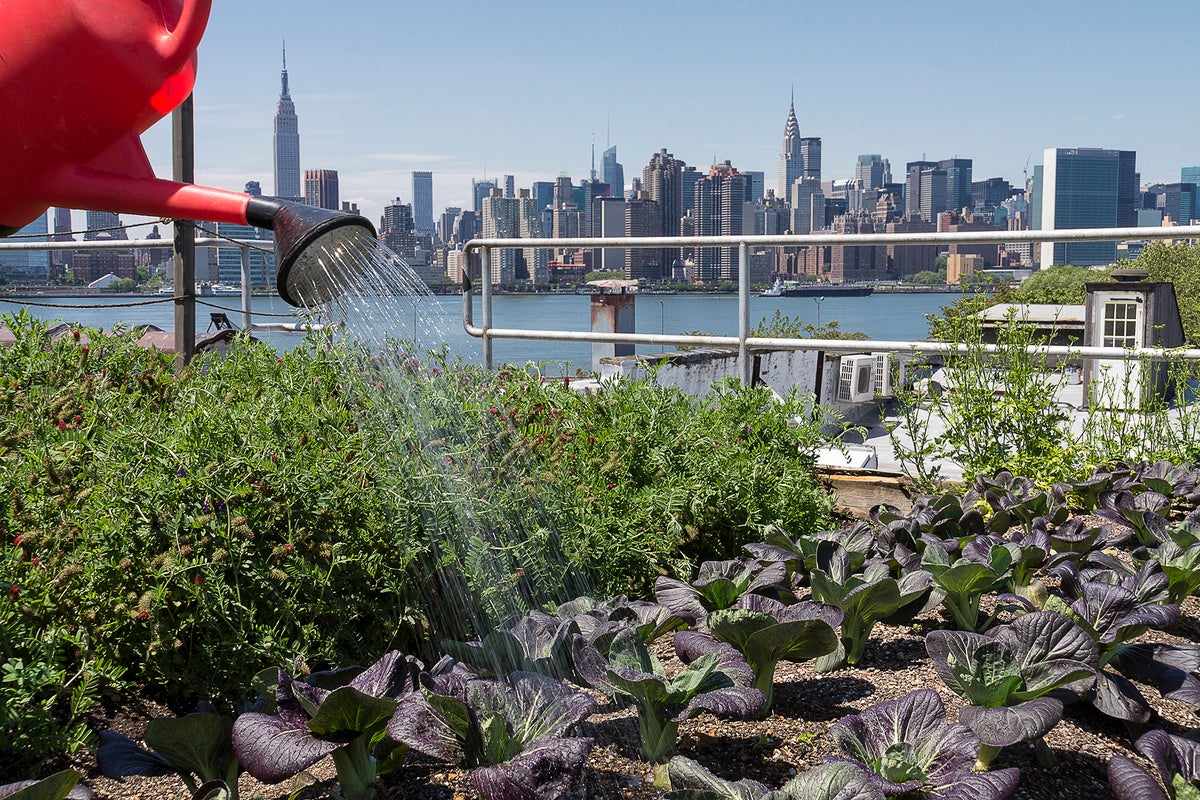The 15-Second Trick For City Blooming
The 15-Second Trick For City Blooming
Blog Article
Not known Facts About City Blooming
Table of ContentsAll About City BloomingThe Ultimate Guide To City BloomingThe Only Guide to City Blooming8 Simple Techniques For City BloomingCity Blooming for Beginners
Interested in growing food available for sale in the City of Chicago? Considering beginning a neighborhood garden? Changes to the Chicago Zoning Ordinance enable farming uses like neighborhood gardens and city ranches in several parts of the city. Below is a checklist of often asked concerns regarding the regulations and regulations that farmers need to consider when planning a metropolitan agriculture project.
The zoning change does not modify any type of other codes taking care of composting, structure licenses, acquiring or leasing City possessed residential or commercial property, service licenses or ecological contamination. There are existing codes that regulate these concerns and they remain completely effect and may apply to your project. Neighborhood yards are commonly had or taken care of by public entities, public companies or community-based companies and kept by volunteers.
Urban ranches grow food that is intended to be offered, either on a not-for-profit or for-profit basis. Due to their commercial purpose, metropolitan ranches require a service certificate. Yes. A community yard is allowed to sell surplus produce that was expanded on site if the sales are accessory or subservient to the yard's key function defined over.
Top Guidelines Of City Blooming
Composting is allowed yet only for plant product that is produced and utilized on site. The amount of compost material can not surpass 25 cubic backyards at any kind of offered time according to the criteria in 7-28-715 of the City's Municipal Code. Yes. Because the soil at the majority of new garden sites requires modifying, compost, dirt, wood chips, or other materials can be gotten to build or boost the expanding area - eco-friendly practices.

If a structure authorization is called for after that the hoophouse will be taken into consideration an accessory building. You can learn even more about the building permit requirements by speaking to the Division of Structures. The 25,000-square-foot dimension limitation is intended to avoid a single community garden from dominating a given block or diminishing the block's existing domestic or commercial character.
The limitation does not put on gardens located in Public Open Area (POS) districts. Can there be greater than one community garden that is 25,000 square feet on a solitary block? Yes. The size restriction applies to individual yards, not to individual blocks. No. Fencing is not needed, nonetheless, yards that have large parking lot may be required to install fence or various other landscape design functions.
More About City Blooming
B1 & B2 districts call for that all business use activities be carried out inside your home. R areas limit business task. The policies reflect the function and intent of the Zoning Code. Is fence required for city ranches? Yes. Fencings may be needed, together with landscaping and screening, for sure parking lot and outside work or storage space locations depending upon area and the particular task happening.
Urban ranches call for building permits and zoning approvals prior to building (eco-friendly practices). Various other kinds of city review might be called for depending on particular frameworks, activities, dimension, landscaping, licensing, public health and stormwater management problems.
The Department of Organization Affairs and Consumer Defense can aid figure out the specific type of service permit that's called for. Off road auto parking is needed for many business jobs in Chicago. The called for number of parking spaces is based on the number of workers functioning on site and not the square video footage of the growing space.
City Blooming Fundamentals Explained

Yes. An urban ranch can offer compost product produced on site, however, the procedure has to adhere to the guidelines in 7-28-715 of the Chicago Municipal Code. Yes. Aquaponic systems are permitted inside on urban farms in many zoning areas. Nonetheless, a zoning evaluation and building authorization is needed in order to install frameworks or systems and a service license is required as described over.
Up to five image source hives or colonies of honey might be kept as an accessory use. Beekeepers must sign up with the Illinois Department of Agriculture. To find out more concerning the proposed zoning amendment you might get in touch with the Division of Real Estate and Economic Development, Bureau of Planning and Zoning at 312.744.8563.
, which takes area in rural locations at the side of suburban areas.
10 Simple Techniques For City Blooming
It can include an activity of natural farmers, "foodies" and "locavores", who seek to form socials media based on a shared principles of nature and neighborhood holism. These networks can develop using formal institutional assistance, coming to be incorporated right into regional community planning as a "change town" activity for sustainable metropolitan advancement.
The much more straight access to fresh vegetable, fruit, and meat items that might be know via urban agriculture can boost food security and food safety while reducing food miles, bring about lower greenhouse gas exhausts, consequently adding to environment adjustment reduction. Several of the first evidence of urban agriculture comes from Mesopotamia.
Report this page